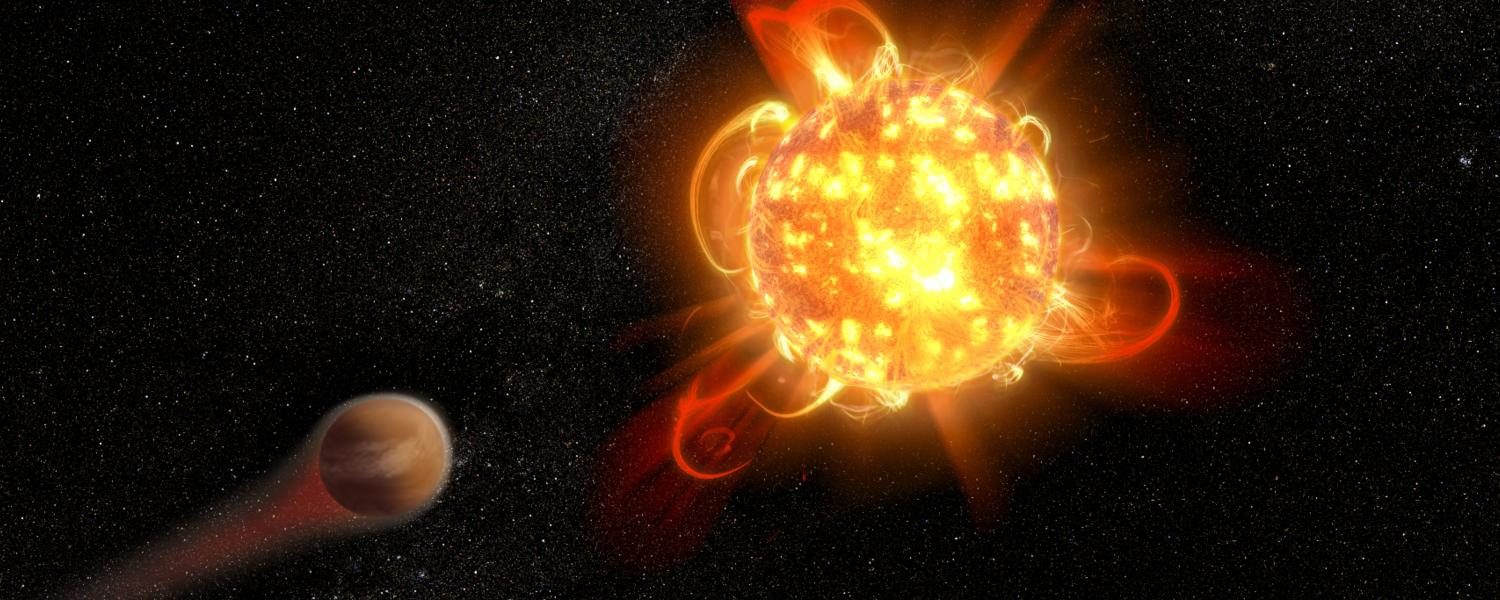
© NASA, ESA and D. PlayerAn artist's depiction of a superflare on an alien star.
Astronomers probing the edges of the Milky Way have in recent years observed some of the most brilliant pyrotechnic displays in the galaxy: superflares.
These events occur when stars, for reasons that scientists still don't understand, eject huge bursts of energy that can be seen from hundreds of light years away. Until recently, researchers assumed that such explosions occurred mostly on stars that, unlike Earth's, were young and active.
Now,
new research shows with more confidence than ever before that superflares can occur on older, quieter stars like our own-albeit more rarely, or about once every few thousand years.
The results should be a wake-up call for life on our planet, said Yuta Notsu, the lead author of the study and a visiting researcher at CU Boulder.
If a superflare erupted from the sun, he said, Earth would likely sit in the path of a wave of high-energy radiation. Such a blast could disrupt electronics across the globe, causing widespread black outs and shorting out communication satellites in orbit.
Notsu will present his research at a press briefing today at the
234th meeting of the American Astronomical Society in St. Louis.
"Our study shows that superflares are rare events," said Notsu, a researcher in CU Boulder's
Laboratory for Atmospheric and Space Physics.
"But there is some possibility that we could experience such an event in the next 100 years or so."Scientists first discovered this phenomenon from an unlikely source: the Kepler Space Telescope. The NASA spacecraft, launched in 2009, seeks out planets circling stars far from Earth. But it also found something odd about those stars themselves. In rare events, the light from distant stars seemed to get suddenly, and momentarily, brighter.
Researchers dubbed those humungous bursts of energy "superflares."
Comment: Photos of noctilucent clouds in Minnesota and Wisconsin: